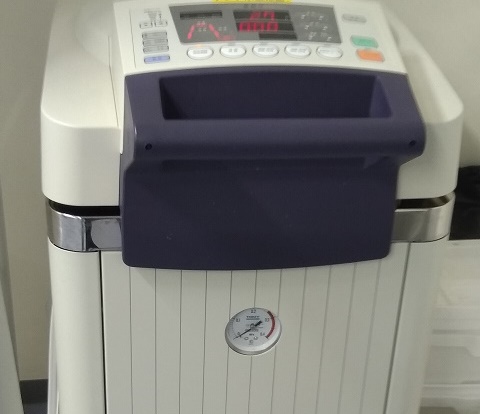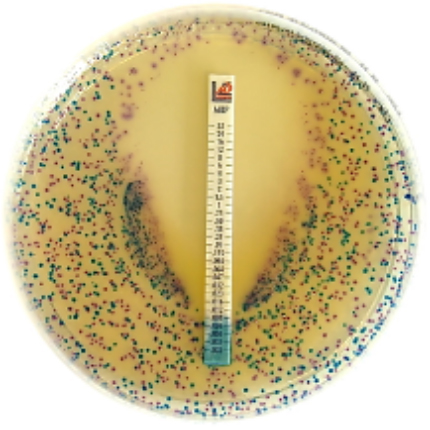Microorganisms are incubated in the incubator at different temperatures and time interval depending on the oxygen requirement of the organisms amongst other vital conditions required for optimum growth. Incubation technique is a microbiological procedure which is used to maintain microbial cultures of culture media at a particular ambient temperature at different time intervals.
Microbial cultures or culture media can be incubated for hours, days, weeks or for months depending on the time limit required for the propagation of the microorganisms being cultivated. The main reason for this technique is to provide optimum conditions required for the growth of the organism. Some microorganisms (e.g. fungi) are incubated at room temperatures (e.g. 25-28oC).
This implies that the microbial cultures are left to thrive in the normal conditions of the laboratory without putting them in the incubator (where microbial growth occurs at 37oC). This technique allows microbiologists to grow or propagate microbes under optimal growth conditions such as in the presence or absence of oxygen for aerobic and anaerobic bacteria respectively amongst other environmental conditions required for growth (e.g. pH). At optimal temperature conditions in the incubator, bacteria can grow unperturbed in the incubator.
STERILIZATION TECHNIQUE
Sterilization technique is used to make microbial culture media, reagents and other objects or apparatuses in the microbiology laboratory sterile. To make an object sterile simply means to make it germ-free. Several sterilization methods are used in the microbiology laboratory to decontaminate materials in the microbiology laboratory.
The autoclave is one of the most important equipment used in the microbiology laboratory to achieve sterilization; and it uses moist heat under pressure to achieve this purpose. Another piece of equipment used for sterilization in the laboratory is hot-air oven, which uses dry heat to sterilize materials especially glass wares and other heat-stable materials.
Sterilization can also be achieved through heating, filtration, radiation and by other chemical and physical means; but the type of sterilization method used is largely dependent on the nature of the material to be sterilized and the level of sterilization to be achieved. This technique is also applied in the food and pharmaceutical industry to ensure the safety and sterility of manufactured goods or products.
REFERENCES
Atlas R.M (2010). Handbook of Microbiological Media. Fourth edition. American Society of Microbiology Press, USA.
Balows A, Hausler W, Herrmann K.L, Isenberg H.D and Shadomy H.J (1991). Manual of clinical microbiology. 5th ed. American Society of Microbiology Press, USA.
Basic laboratory procedures in clinical bacteriology. World Health Organization (WHO), 1991. Available from WHO publications, 1211 Geneva, 27-Switzerland.
Black, J.G. (2008). Microbiology: Principles and Explorations (7th ed.). Hoboken, NJ: J. Wiley & Sons.
Garcia L.S (2010). Clinical Microbiology Procedures Handbook. Third edition. American Society of Microbiology Press, USA.
Garcia L.S (2014). Clinical Laboratory Management. First edition. American Society of Microbiology Press, USA.
Ira R (1995). Bacteriology, Standard Operative procedure manual for microbiology laboratories, National Institute of Biologicals. Pp. 73-97.
Madigan M.T., Martinko J.M., Dunlap P.V and Clark D.P (2009). Brock Biology of Microorganisms, 12th edition. Pearson Benjamin Cummings Inc, USA.
Woods GL and Washington JA (1995). The Clinician and the Microbiology Laboratory. Mandell GL, Bennett JE, Dolin R (eds): Principles and Practice of Infectious Diseases. 4th ed. Churchill Livingstone, New York.
Discover more from #1 Microbiology Resource Hub
Subscribe to get the latest posts to your email.



